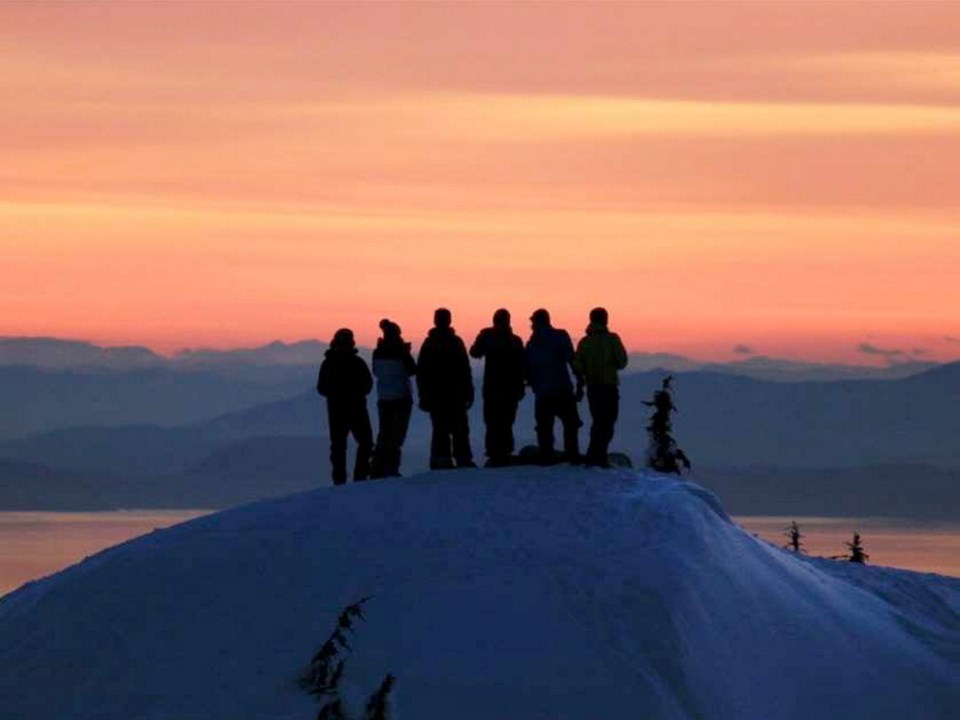The backcountry is the trendiest place to be and the increasing interest in winter activities is leading to traffic jams and overflow parking at popular parks in the Lower Mainland and along the Sea to Sky corridor.
At Mount Seymour, backcountry enthusiasts and the downhill ski resort operator are hoping a report due this spring, from a recently completed survey, will lead to a solution to overcrowding.
The park is so popular that cars sometimes line up waiting for others to leave so they can get a coveted spot to access the trailhead and head into the back country for cross-country skiing and snowshoeing.
“We are delighted as a ski area operator within a provincial park that B.C. Parks is looking into this issue seriously and they are putting resources behind it,” said Eddie Wood, general manager of Mount Seymour Resort.
“The backcountry has grown significantly in the last 10 to 15 years,” he said. “We are at levels well beyond what we were in the mid ’80s when we took on the ski area.”
Anecdotal evidence of growth has been more than borne out by the numbers collected by trail counters, devices that shoot a beam of light across a path to count the number of people passing by.
“At Seymour looking at a busy day, there are 1,000 backcountry users,” said Dylan Eyers, section head for the Lower Mainland for B.C. Parks. “On a weekend, it varies with 500 to 1,500 on the main winter trails and at Cypress the numbers are similar.”
While the backcountry is outside Mount Seymour Resort’s operations, the cars that arrive with backcountry users contribute to parking congestion. The resort has designated parking and maintains a pathway for backcountry users; over the Christmas holidays it made its $6-each-way regular shuttle bus free; and when parking lots are filled, it sets up a traffic stop on the road to manage traffic, letting vehicles in as people leave and clear space for more.
“We welcome all users,” said Woods. “But this is not something that is necessarily a long-term fix, this is more for the short term.”
Steve Jones, nature photographer, blogger and backcountry advocate, said access challenges make it harder for people to enjoy the parks.
“It’s becoming a bottleneck for the tourism industry and also limiting the ability of locals to enjoy the parks.”
Jones is calling for a number of changes including opening the Seymour park gates earlier in the morning so backcountry users who want to could go early in the day and leave before parking gets more congested.
He also suggests a management plan at Pinecone Burke Provincial Park, which includes Burke Mountain in Coquitlam, could make that area an alternative for Lower Mainland backcountry users.
And Jones said there is a need for improved transportation and shuttle options.
“We can’t put all the pressure on the resort,” he said of Seymour. “The provincial government really needs to take responsibility.”
Eyers said he expects a consultant’s report in late March will outline options to be discussed with First Nations, local governments, the public and others with a stake in the outcome.
Parking lots and shuttle buses are common solutions in other areas that have similar congestion problem.
“It is a really complex issue, there is not really an easy answer,” said Eyers.



